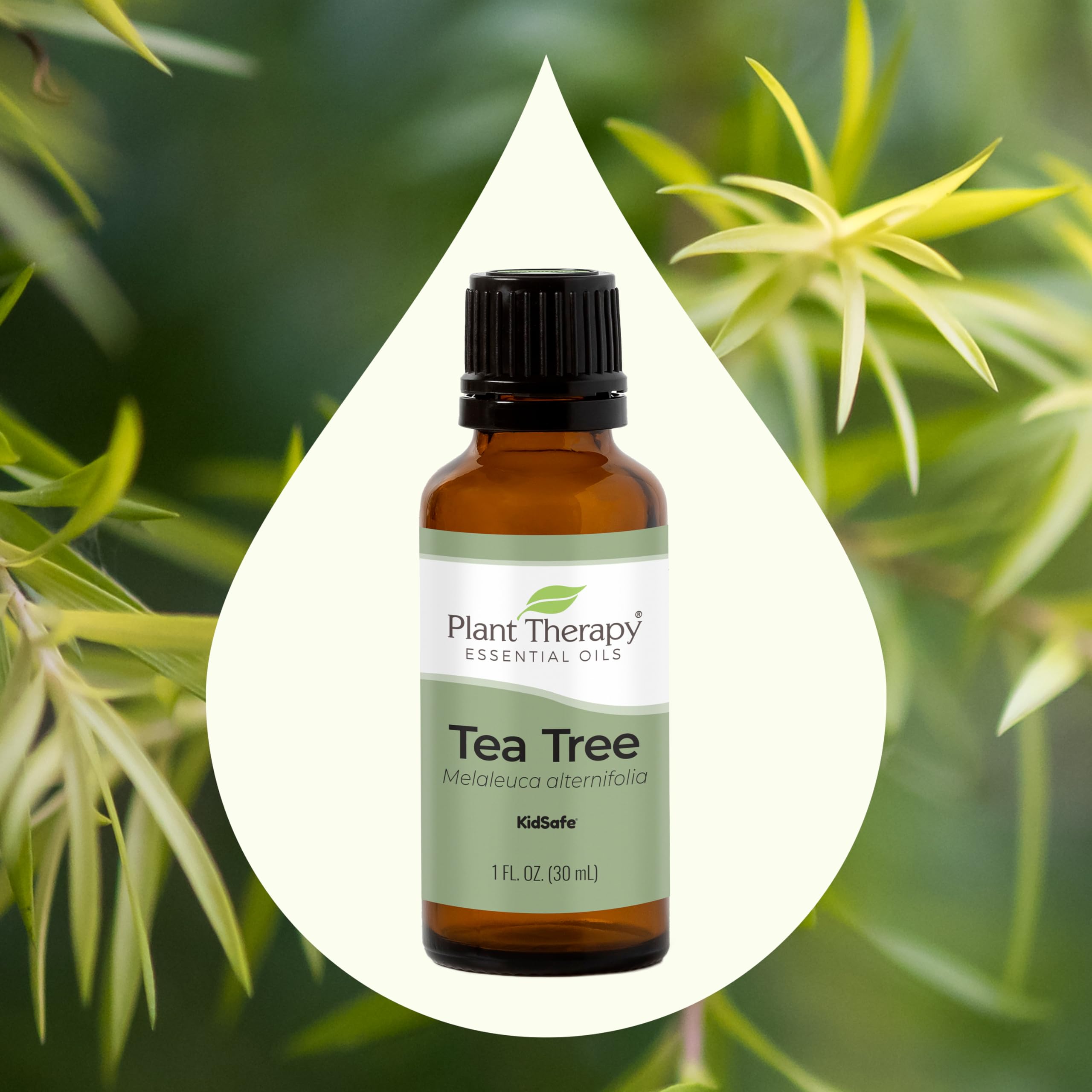planttherapy sds sheet tea tree essential oil
- Blog
- planttherapy sds sheet tea tree essential oil
black tea
Alright, so I’ve been messing around with essential oils lately, and today I wanted to dive into tea tree oil. I got my hands on the SDS sheet for Plant Therapy’s tea tree essential oil, and I figured, why not document my little experiment? I don’t really know what i am doing but it was worth a shot.
First off, I grabbed that SDS sheet. You know, the Safety Data Sheet that tells you all the nitty-gritty about a product. These things can be a bit of a headache to read, but they’re super important. I started by skimming through the basic info like the product name, which is obviously “Tea Tree Essential Oil,” and the intended use. This one’s for general use in other products, nothing too specific.
Then, I started looking for anything that screamed “danger.” Thankfully, tea tree oil seems pretty chill. The SDS mentioned that it’s mainly used topically for its antibacterial properties. You know, stuff like acne, insect bites, and nail fungus. My main takeaway: don’t drink this stuff! It says, “Tea tree oil should not be swallowed.” That’s a big no-no, and if you accidentally gulp down a bunch, you better get yourself to a hospital, ASAP. In my case, I just kept it away from my mouth.
Next, I moved on to the actual oil. I carefully opened the bottle and took a whiff. It’s got that strong, medicinal smell that everyone talks about. I decided to do a little patch test first, just to be safe. I diluted a drop of the tea tree oil with some carrier oil (I used coconut oil, my go-to) and applied it to a small area on my arm. Waited for a bit to see if anything would happen but nothing happened.

The SDS sheet confirmed that most people can handle tea tree oil without any issues. I guess I’m one of the lucky ones. After the patch test came back clear, I decided to try it out on a small pimple that’s been bugging me. I applied a tiny bit of the diluted oil directly to the pimple with a cotton swab. I did this a couple of times a day.
Honestly, I was pretty impressed. The pimple seemed to shrink a bit faster than usual. It wasn’t a miracle cure, but it definitely helped. I also noticed that the area around the pimple was less red and inflamed. So, that’s a win in my book. Overall, the SDS sheet gave me the confidence to use tea tree oil safely, and my little experiment turned out pretty well. I’ll definitely keep using it for those annoying little breakouts and maybe even explore some other uses, like adding a few drops to my diffuser. But one thing’s for sure: I’ll always check the SDS sheet before trying out a new essential oil. Better safe than sorry, right?
Oh yeah, one last thing. That SDS sheet? It mentioned that the info comes from “current and reliable sources”. It even had a revision date of June 17th, so I know it was pretty up-to-date. Also I did a little more digging online to learn more about it’s anti-inflammatory and antifungal properties. It had a bunch of benefits that I didn’t know about. I even made a call to MSDS Authoring Services just to get more clarification on some of the things. They were pretty helpful to be honest.
© Copyright 2025 Qianwei Tea | Theme developed by sitemap